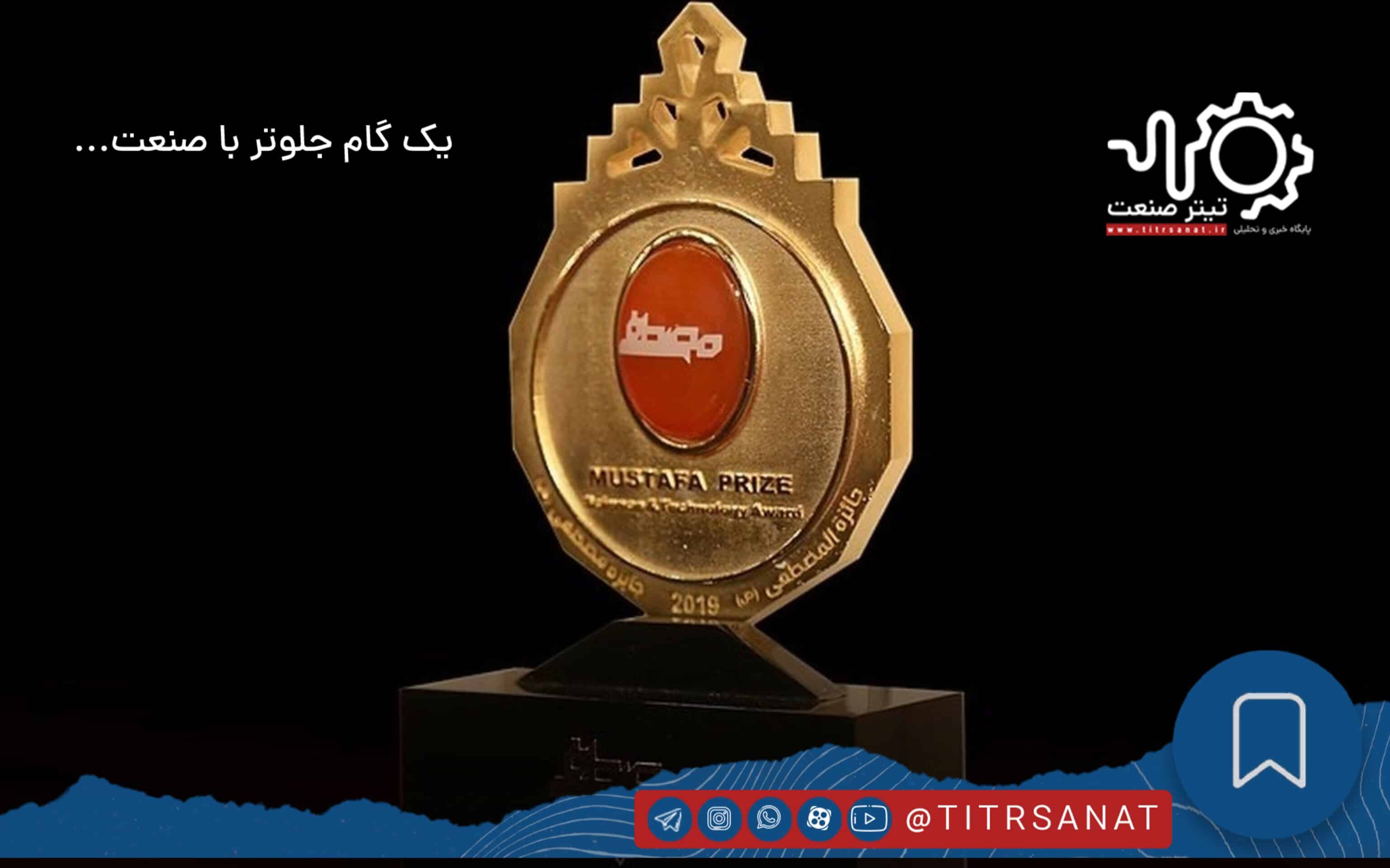to report of titrsanat, In today’s media-driven world, brands are no longer defined solely by formal advertising campaigns and large marketing budgets. What has emerged in recent years as a powerful and sometimes decisive force in shaping brand reputation and corporate credibility is a phenomenon known as electronic word-of-mouth (e-WOM). This form of communication stems from real user experiences—shared as reviews, recommendations, critiques, or warnings across digital platforms—and spreads rapidly among audiences. Unlike traditional advertising, which is orchestrated by brands themselves, e-WOM arises organically from human interaction and social engagement, making it significantly more trusted and influential.
Social media users—especially on platforms like Instagram, Twitter, and LinkedIn—interact with brands daily. They are not just consumers of content but also producers of messages that can build or damage a brand’s image. Positive user experiences, when shared authentically and without direct brand intervention, can serve as a form of invisible capital: manifesting as trust, customer loyalty, and perceived brand value. On the other hand, negative experiences can quickly escalate into media crises—ones that, if poorly managed, can severely undermine a company’s reputation.
One of the defining features of e-WOM is its speed and reach. In the past, a dissatisfied customer might share their experience with a few people in person. Today, that same customer can post a comment or story that reaches thousands of users nationwide—or even globally—with a single click. Social media algorithms accelerate this process, especially when user-generated content receives high engagement. In such an environment, brands must listen more attentively to customer voices—not only to protect their reputation but also to leverage the opportunities embedded in these interactions.
Corporate reputation goes beyond branding. It encompasses public perceptions of a company’s performance, ethics, social responsibility, and transparency. e-WOM can influence each of these dimensions. For instance, how a brand responds to complaints on social media, the tone and clarity of its replies, and its willingness to engage with users all contribute to shaping—or damaging—its reputation. Brands that respond professionally and proactively to user feedback not only navigate crises effectively but also turn them into opportunities. Conversely, brands that remain silent or offer generic, evasive responses risk losing public trust.
From a marketing perspective, e-WOM can be considered a powerful tool for enhancing brand equity—a concept that includes brand awareness, brand image, customer loyalty, and perceived value. When users talk about a brand, its name is repeated across digital spaces and imprinted in the minds of new audiences. If these conversations are positive, the brand’s image is strengthened, and new customers are more likely to engage with it confidently. Loyal customers who share their experiences also encourage others to become loyal, creating a virtuous cycle that, if managed wisely, leads to sustainable brand growth.
In this context, social media platforms serve as the primary arena for e-WOM. Brands that maintain an active presence, respond to user comments, and support user-generated content can transform e-WOM into an effective marketing asset. These brands benefit not only from everyday user interactions but also from behavioral data that can inform dynamic, reality-based strategies.
Ultimately, it must be acknowledged that in the digital age, formal advertising is no longer the sole mechanism for building a brand. What increasingly shapes brand credibility today are real user experiences and how they are reflected in the media landscape. Brands that respect these experiences, engage actively with their audiences, and use customer feedback to improve their performance will hold a stronger position in the market over time. In a world where trust is the rarest currency, e-WOM can be the bridge between brands and audiences seeking honesty, quality, and genuine connection.




















Comments